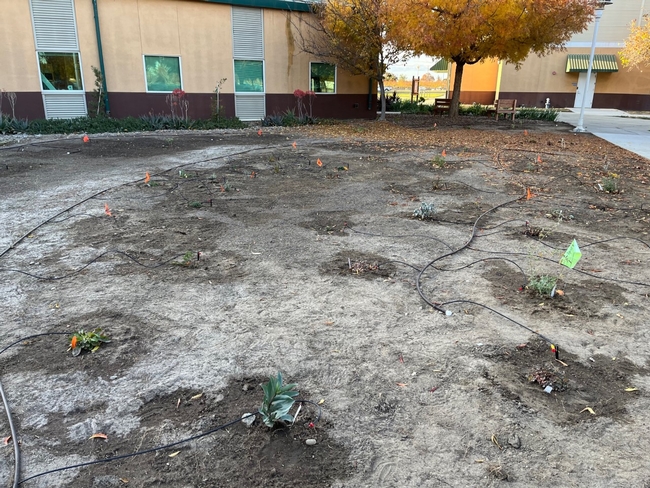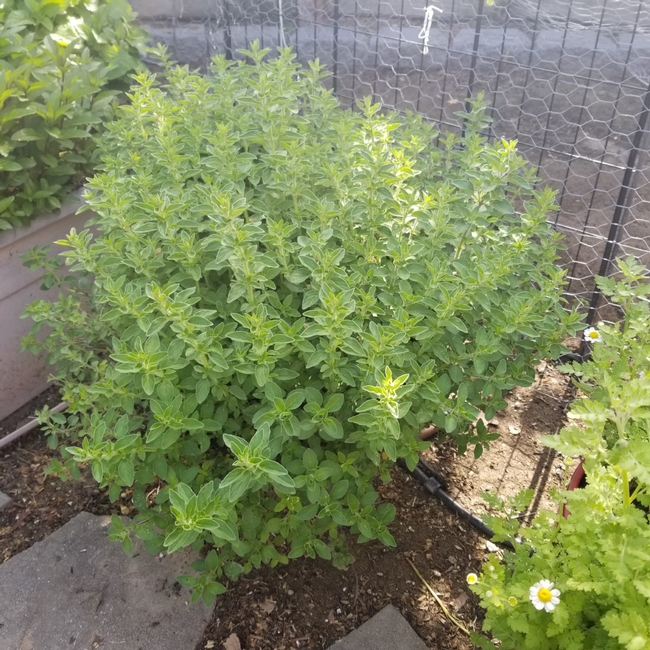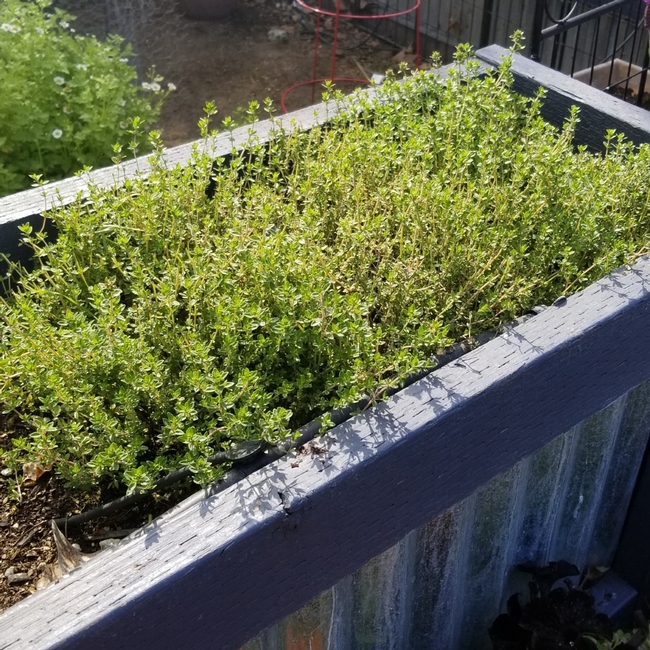- Author: Anne Schellman
HAPPY GIVING TUESDAY!

Please help the UCCE Stanislaus County Master Gardener Program reach our goal of raising $5,000 to help fund a pathway and sign for the garden. Today, November 29, 2022 on Giving Tuesday* is a great time to make a contribution, which will be directly reflected in our garden, which you can visit at anytime!
Right now, the garden doesn't look like much. It was just planted this past week, and the drip irrigation was installed. Native plants such as Cleveland sage, coyote bush, penstemon, and ceanothus are just "babies." By this time next year, they will have grown in size and be flowering! We hope to see visiting hummingbirds, bees, moths, butterflies, bumblebees, and YOU!
How to Give

If you prefer to donate by check, please make it out to: UC Regents and send to:
UCCE Stanislaus County Master Gardener Program
3800 Cornucopia Way, Ste A
Modesto, CA 95358
Thank you!
*sorry for any confusion, the last post said Nov 28 was giving Tuesday which is incorrect and has been changed.
Anne Schellman has been the UCCE Master Gardener Coordinator for Stanislaus County since 2018.
Imagine yourself walking out to your garden or patio and being greeted by a spicy fragrance. All around you are pots and containers filled with culinary herbs such as fresh thyme, oregano, and basil. You reach down and take a snip or two of these fresh herbs and wander back into your kitchen to add them to the pot simmering on the stove. Sounds fabulous, doesn't it?
I can't think of anything more rewarding than growing your own culinary herbs. When I started gardening, these were the first plants that I placed in my yard, my first “babies” so to speak. Since then I have tried growing many different varieties of culinary herbs, in both containers and in the soil. Some with more success than others. But each one has been a joy to grow.
There are a wide variety of culinary herbs. Thyme, basil, oregano, rosemary, sage, and marjoram are used a great deal in cooking. Others, such as French tarragon, savory (summer and winter), and lavender have been relegated to the back of the herb and spice shelf. Nearly all are easy to grow, usually perennial in nature, and are readily found in most garden centers.
Once established, most herbs adapt easily to containers and small spaces, use low water, and are both heat and cold hardy. Some herbs, such as sage, don't mind poor soil and seem to thrive in it. Chives, on the other hand, like soil to be rich and soft with plenty of drainage. Always check the grower's information for plants that work well in your area. Choosing herbs that best suit your environment, climate, and space constraints will help guarantee their health and success.
When deciding whether to plant your herbs in containers or directly in your garden, you will need to be aware of their growing patterns and potential size. Herbs that are in the mint family, such as oregano and marjoram, can get quite large and spread quite rapidly in a garden environment. If you have lots of room, great. But they will begin to compete with less hardy varieties after the first season. I've found that growing culinary herbs in containers saves me a lot of time and frustration down the road.
In pots or containers, gardens and raised beds, culinary herbs are a definite must for both the beginner and expert gardener. Their beauty, fragrance, and flavors will grace your garden, as well as your kitchen, more many years to come.
Happy gardening!
Terry Pellegrini will graduate from the 2020 Master Gardener Program, congrats!
Please join Terry and Rho Yare for our next virtual gardening class in partnership with the Stanislaus County Library.
Tuesday, June 30, 2020 from 6:00-7:30 p.m. on Zoom. Sign up at http://ucanr.edu/virtualherbs/2020



